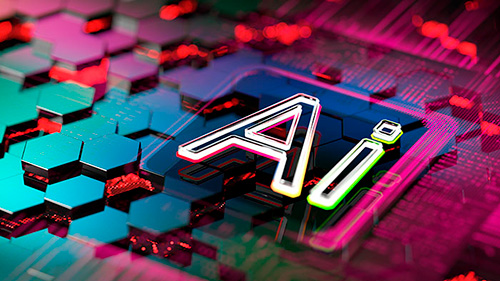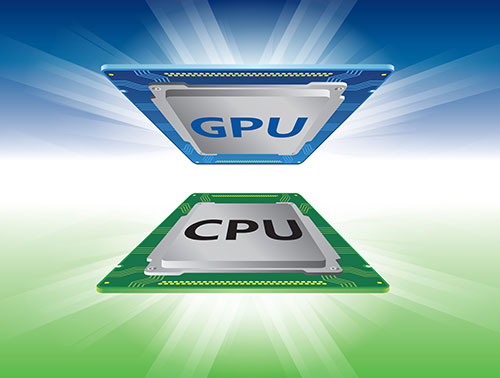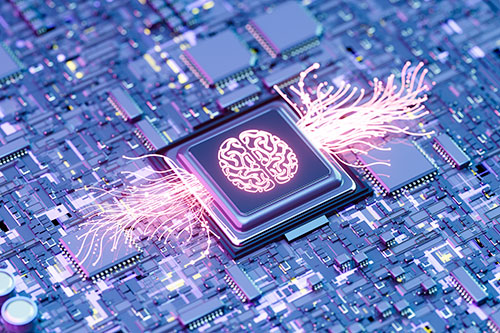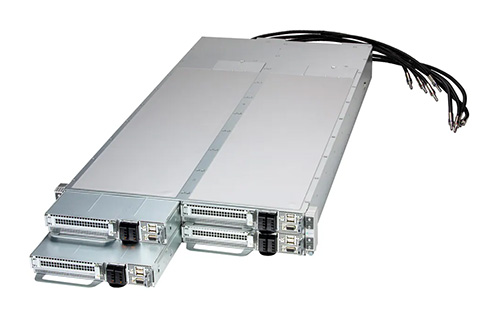Did you know that dramatic improvements in processor power can enable your corporate customers to lower their total cost of ownership (TCO) by consolidate servers and modernizing their data centers?
Server consolidation is a hot topic in the context of AI. Many data centers are full and running with all the power that’s available. So how can they make room for new AI systems? Also, how can they get the kind of power that today’s AI systems require?
One answer: with consolidation.
Four in One
All this is especially relevant in light of a new report from Principled Technologies.
The report, prepared for AMD, finds that an organization that upgrades to new Supermicro servers powered by the current 5th generation AMD EPYC processors can consolidate servers on a 4:1 ratio.
In other words, the level of performance that previously required four older servers can now be delivered with just one.
Further, Principled found that organizations that make this upgrade can also free up data-center space; lower operating costs by up to $2.8 million over five years; shrink power-consumption levels; and reduce the maintenance load on sys admins.
Testing Procedures
Here’s how Principled figured all this out. To start, they obtained two systems:
- A 5-year-old Supermicro Ultra DP 8U server powered by a previous-generation AMD EPYC 7532 processor
- A new Supermicro H14 Hyper 2U server powered by the current 5th generation AMD EPYC 9475F processor
Next, Principled’s researchers compared the transactional database performance of the two servers. They did this with HammerDB TPROC-C, an open-source benchmarking tool for online transaction processing (OLTP) workloads.
To ensure the systems were sufficiently loaded, Principled also measured both servers’ CPU and power utilization rates, pushing both servers to 80% CPU core utilization.
Then Principled calculated a consolidation ratio. That is, how many of the older servers would be needed to do the same level of work done by just 1 new server?
Finally, Principled calculated the expected 5-year costs for software licensing, power, space and maintenance. These calculations were made for both the older and new Supermicro servers, so they could be compared.
The Results
So what did Principled find? Here are the key results:
- Performance upgrades: The new servers, based on AMD 5th Gen EPYC processors, is much more powerful. To match the database performance of just 1 new server, the testers required 4 of the older servers.
- Lower operating costs: Consolidating those four older servers onto just one new server could lower an organization’s TCO by over 60%, saving up to an estimated $2.8 million over five years. The estimated 5-year TCO for the legacy server was $4.68 million, compared with $1.78 million for the new system.
- Lower software license costs: Much of the savings would come from consolidating software licenses. They’re typically charged on a per-core basis, and the new test server needed only about a third as many cores as did the four older systems: 96 cores on the new system, compared with a total of 256 cores on the four older servers.
- Reduced power consumption: To run the same benchmark, the new system needed only about 40% of the power required by the four older servers.
- Lower space and cooling requirements: Space savings were calculated by comparing data-center footprint costs, taking into account the 4:1 consolidation and rack space needed. Cooling costs were factored in, too. The savings here were pretty dramatic, even if the figures were relatively low. The new system’s space costs were just $476, or 75% lower than the legacy system’s cost of $1,904.
- Reduced maintenance costs: This was estimated with the assumption that one full-time sys admin with an annual salary of roughly $100K is responsible for 100 servers. The savings here brought a cost of over $26K for the older setup down to about $6,500 for the new, for a reduction of 75%.
Implicit in the results, though not actually calculated, is the way these reductions could also free up funding, floor space and other resources that organizations can then use for new AI systems.
So if your customers are grappling with finding new resources for AI, tell them about these test results. Upgrading to servers based on the latest processors could be the answer.
Do More:
- Read the full Principled Technologies report
- Discover the science behind the report
- Download a related infographic
- Watch a short video from Principled Technologies: Save up to $2.8 million per server by consolidating with new Supermicro DP H14 servers
- Register to join an AMD/Principled Technologies/Supermicro webinar on April 15, 2025: Modernize Your Data Center – 4X more compute density and savings












